
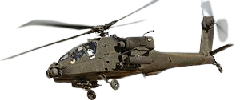

The Boeing AH-64 Apache (/əˈpætʃi/) is an American twin-turboshaft attack helicopter with a tailwheel-type landing gear arrangement and a tandem cockpit for a crew of two. It features a nose-mounted sensor suite for target acquisition and night vision systems. It is armed with a 30 mm (1.18 in) M230 chain gun carried between the main landing gear, under the aircraft's forward fuselage, and four hardpoints mounted on stub-wing pylons for carrying armament and stores, typically a mixture of AGM-114 Hellfire missiles and Hydra 70 rocket pods. The AH-64 has significant systems redundancy to improve combat survivability.
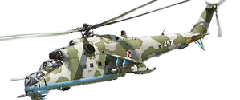
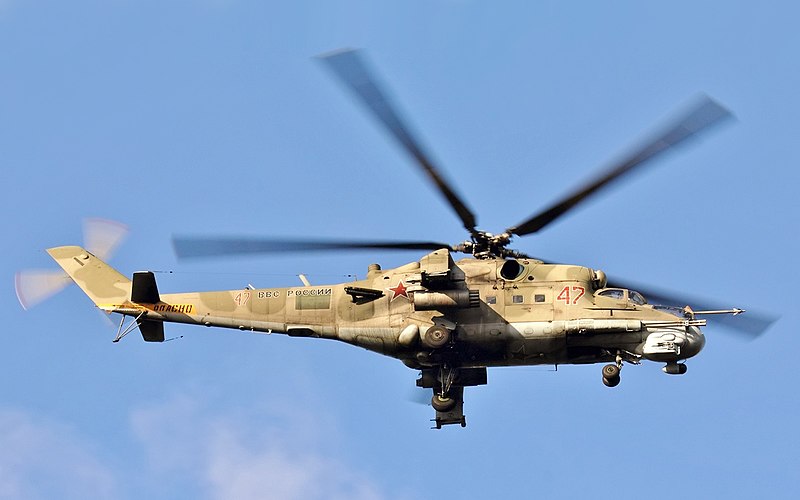
The Mil Mi-24 (Russian: Миль Ми-24; NATO reporting name: Hind) is a large helicopter gunship, attack helicopter and low-capacity troop transport with room for eight passengers. It is produced by Mil Moscow Helicopter Plant and has been operated since 1972 by the Soviet Air Force and its successors, along with 48 other nations.

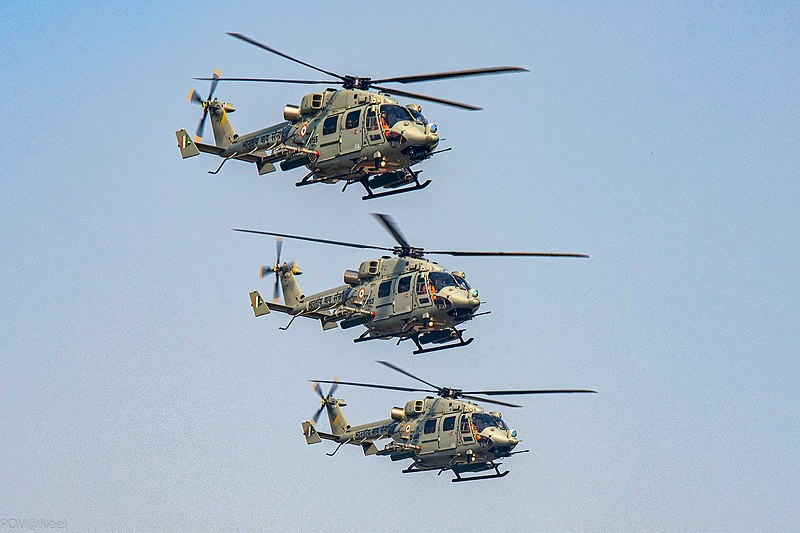
The HAL Rudra, also known as ALH-WSI, is an armed version of HAL Dhruv which is designed and manufactured by Hindustan Aeronautics Limited (HAL). Rudra is equipped with forward looking infrared (FLIR) and Thermal Imaging Sights Interface, a 20 mm turret gun, 70 mm rocket pods, anti-tank guided missiles and air-to-air missiles.
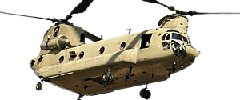
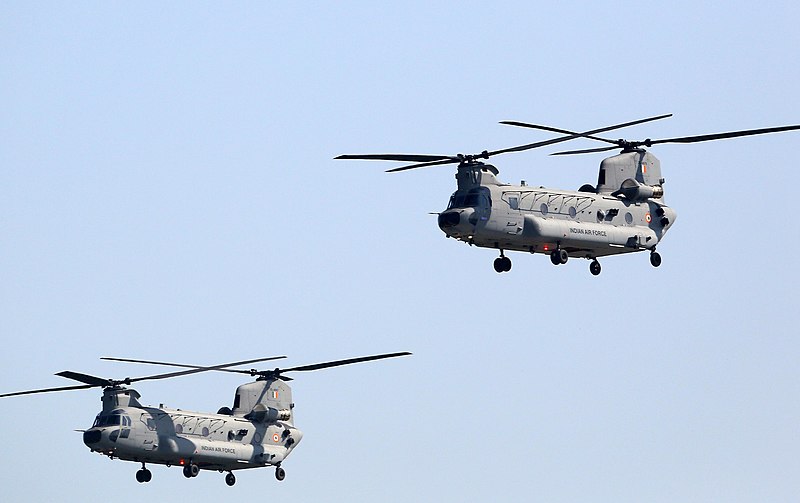
The Boeing CH-47 Chinook is an American twin-engined, tandem rotor, heavy-lift helicopter developed by American rotorcraft company Vertol and manufactured by Boeing Vertol (later renamed Boeing Helicopter, then Boeing Rotorcraft Systems, and now known as the Vertical Lift division of Boeing Defense, Space & Security). The CH-47 is among the heaviest lifting of Western helicopters. Its name, Chinook, is from the Native American Chinook people of Washington state.
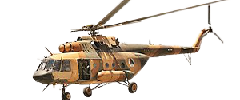
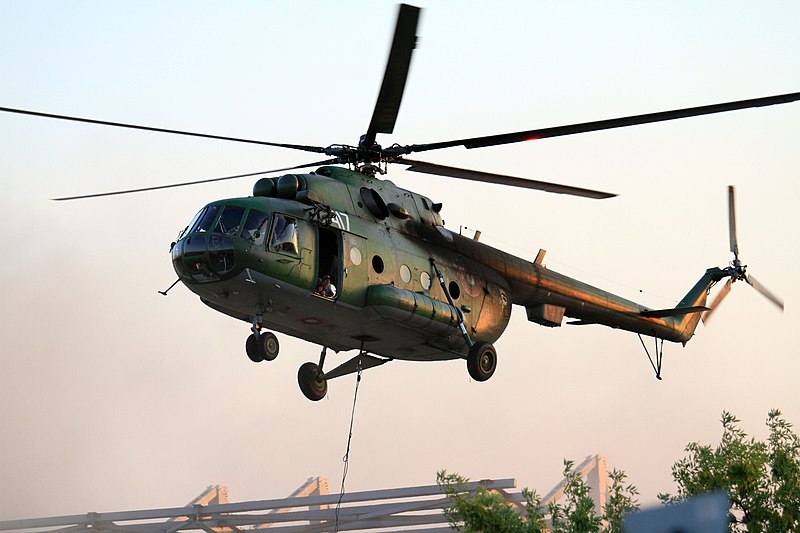
The Mil Mi-17 (NATO reporting name: Hip) is a Soviet-designed Russian military helicopter family introduced in 1975 (Mi-8M), continuing in production as of 2021 at two factories in Kazan and Ulan-Ude. It is known as the Mi-8M series in Russian service. The helicopter is mostly used as a medium twin-turbine transport helicopter, as well as an armed gunship version.
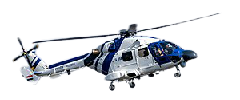
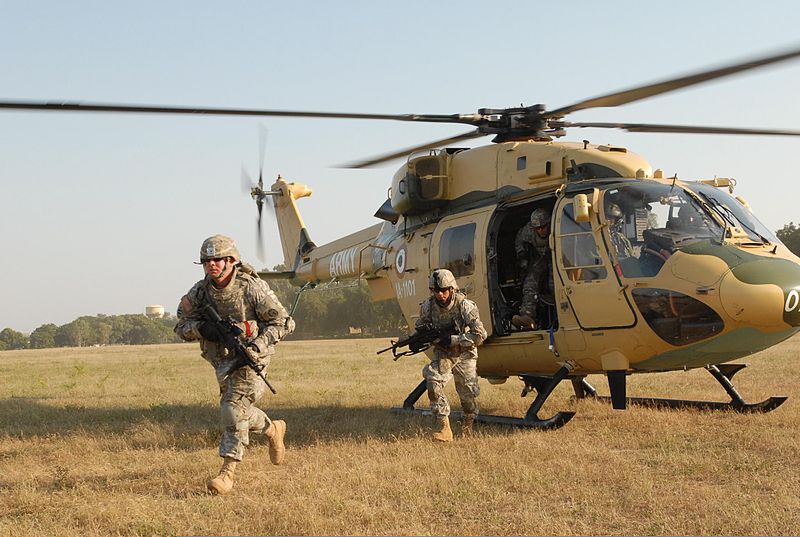
The HAL Dhruv is a utility helicopter designed and developed by Hindustan Aeronautics Limited (HAL). The development of HAL Dhruv was announced in November 1984. The helicopter first flew in 1992; however, its development was prolonged due to multiple factors including the Indian Army's requirement for design changes, budget restrictions, and sanctions placed on India following the 1998 Pokhran-II nuclear tests. The name comes from a Sanskrit origin word dhruv which means unshakeable or firm.
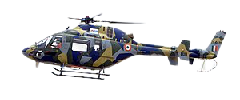

The HAL Light Utility Helicopter (LUH) along with its derivative Light Observation Helicopter (LOH) was designed and developed by Rotary Wing Research and Design Center (RWR&DC) one of the R&D sections of Hindustan Aeronautics Limited (HAL) for civilian and military applications. These are intended to replace license-built versions of Aérospatiale SA 315B Lama (designated Cheetah) and Aérospatiale Alouette III (designated Chetak) in service with Indian Army and Indian Air Force.
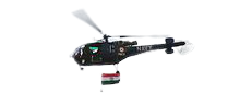

The Aérospatiale Alouette III (French pronunciation: [aloo-wɛt], Lark; company designations SA 316 and SA 319) is a single-engine, light utility helicopter developed by French aircraft company Sud Aviation. During its production life, it proved to be a relatively popular rotorcraft; including multiple licensed manufacturers, more than 2,000 units were built.
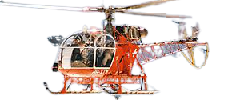
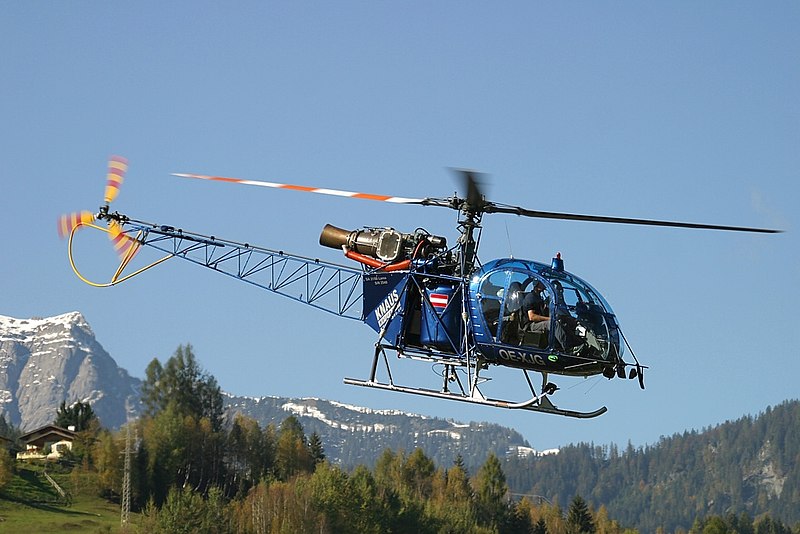
The Aérospatiale SA 315B Lama is a French single-engined helicopter developed to meet hot and high operational requirements of the Indian Armed Forces. It combines the lighter Aérospatiale Alouette II airframe with Alouette III components and powerplant. The Lama possesses exceptional high altitude performance.